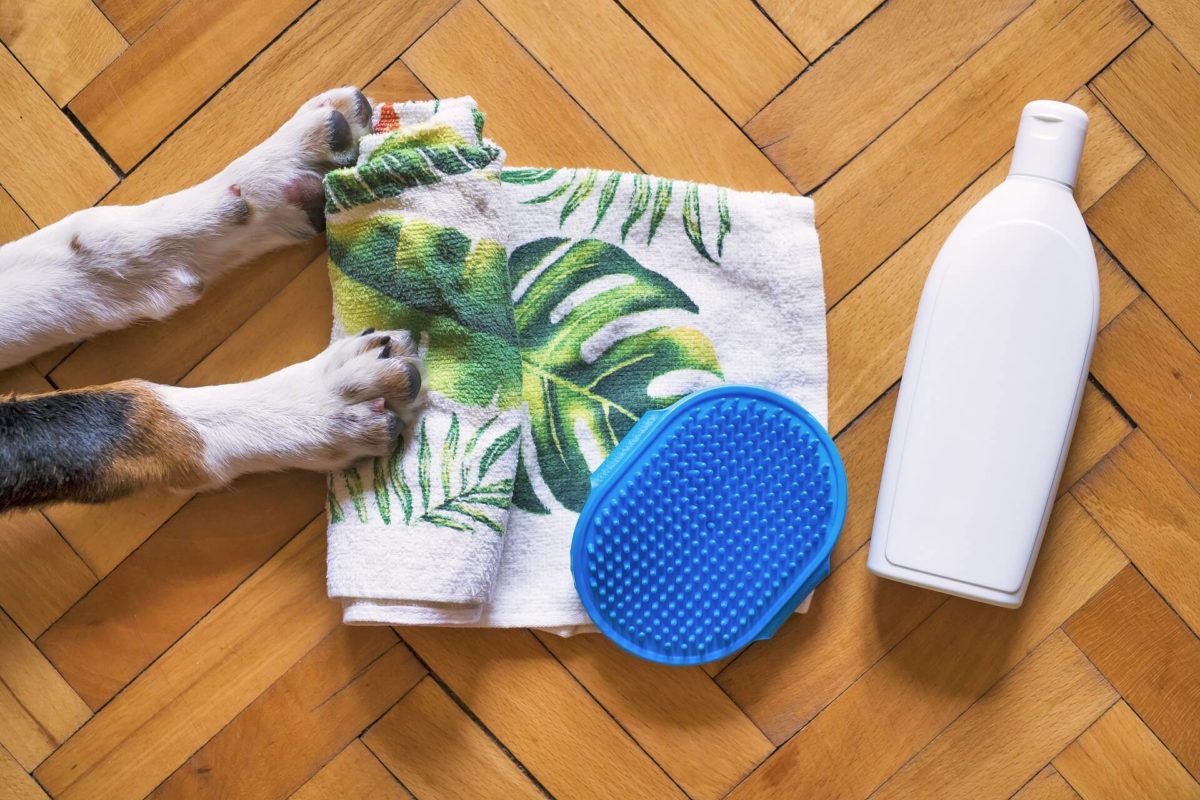Summer has even begun, and you are already getting agonized over ticks and the increased chances of your pets contracting severe illnesses because of them.
Regardless of whether you make sure to wear bug repellent and regularly check yourself, it’s easy to forget that your pets are defenseless against these tricky insects. These ticks are the cause behind numerous ailments afflicting them and you, some with no noticeable side effects. Fortunately, there are several things you can do to decrease the danger of getting these sneaky little parasites and the diseases they carry.
To spare you and your pets the headache from these creepy crawlies, you need to comprehend what they do and how to safeguard your family.
Yes, You AND Your Pets Can Get Sick By Tick Bites!
Following a long and cold winter, in spring, people and pets are anxious to venture outdoors and take advantage of the sun and warm weather. While enjoying your outdoor venue, it’s essential to be vigilant when in proximity to tick habitat. Adult female deer ticks, often located near the wooded perimeter of your property, are questing – looking to attach to unsuspecting hosts, including your pets.
Sources of Ticks
Ticks are commonly found in:
- Grassy areas, woodlands, and hiking trails
- Animal Hosts
- Indoors when catching a ride back home on your pets or your clothes.
You might be wondering what happens to your dog when a tick bites? After a bite, your pets could come down with an ailments like relapsing fever to Lyme infection or other infections that can cause skin or motor abnormalities. They may cause some skin aggravations or contamination at the site of the injury and numerous other complexities. You should follow a few safety measures to keep your pets safe and healthy, such as:
1. Stop Them from Reaching Your Pets
As a pet owner, you do everything to keep your pet safe and shield it from harm. Tick-borne ailments can be irritating enough to treat, and early precautions and treatments are significant. It would help if you consistently consulted a specialist or vet on the off chance that you are worried about your pet.
Prevention is always better than cure. Contact your neighborhood veterinarian for counseling on successful tick protection to guarantee your pet’s well-being. It incorporates the general safeguard precautions by pet owners.
The good news is that most tick-borne diseases aren’t transmitted immediately. So, if you get ticks off your dog within 24 to 36 hours of a tick bite, it’s unlikely to get infected.
Have a Daily Check of Your Pet
Strolling through the fields, wandering in the forests, and zooming through the hedges, your little pet is an explorer! In most of the cases this will draw in these undesirable travelers! It’s critical to keep a regular check on your pets for ticks, especially after coming in from outside.
Cleanse Your Backyard
Keep up short grass to diminish the odds of ticks setting up living arrangements in your yard. They favor sodden situations in longer, taller grass to cover up in and don’t flourish in short grass since it opens them to the sun, and dissuades them from populating. You can also spray medications that help keep ticks under control.
Try Out Giving Medications
Using an over the counter spot drug that you buy from your veterinarian, pet store or online can be a successful strategy for controlling the ticks. These drugs are effective at getting these parasites under control for as long as a month. Though you need to be cautious on which ones to use as some of them can be quite potent.
Use a Tick-Dip or a Tick-collar
A dip is a concentrated substance that is soaked in water and applied to the animal’s hide with a wipe or poured over the back. This treatment isn’t intended to be washed off after application. The vets advise not to use a dip for young animals or pregnant or nursing pets.
There are also collars available in the market, which prevent ticks from attaching to your pet. However, they are generally just helpful for shielding the neck and head from ticks. When putting this kind of collar on your pet, you should ensure there is only sufficient space to fit two fingers under it when on your dog’s neck.
Things Not To Do
- Don’t expel ticks with your fingers, on the off chance that you do this, utilize a tissue or paper towel. Purify your hands subsequently with cleanser and water. Also, remember to clean the skin of your pet.
- Don’t crunch or squash a tick. It can drive contaminated body fluids through the tick’s mouth. It increases the chances of you and your pet to catch diseases.
- Don’t stress if the mouthpart of the tick remains in your dog’s skin. It’s somewhat similar to having a fragment, and will drop out in a couple of days.
- Don’t put things like nail cleaner, Vaseline or other anti-agents on the tick to attempt to suffocate it.
- Don’t burn the tick while it is attached to your pet. These can cause them to burrow further into the skin and cause vomiting among other things.
- Don’t toss the tick in your trashcan or sink.

